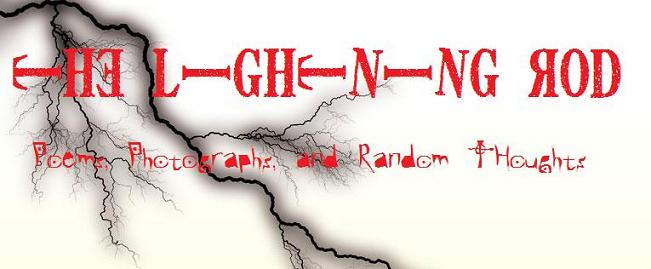An introduction to Beowulf by the poet
Beowulf is not my own creation. He is a product of a far more romantic and mystical age. Beowulf was originally told between 700 and 900 AD, as an oral poem. Interestingly, as the legend of Beowulf is considered the finest work of the English language, its characters are all Norse. At the time the Anglo-Saxons were at war with the Norse, so it is a paradox to consider that the Anglo-Saxons would tell tales of their enemies. It probably originated as a Norse tale far before it was told in England. Even so it is a fantastic tale of heroism and monsters. At some point in the long history of the tale, some monks added Christian values to an essentially pagan tale of gods and heroes. That is why some of its parts are incongruous but it is impossible to remove them from the tale. I also preserved the place-names of the time. Geatland is modern Norway and Juteland is southern Sweden. The Geats are Norwegians and the Scyldlings are Danes. A thane is equivalent to a medieval lord.
A note on pronunciation and naming
The Anglo-Saxon naming system was incredibly complex. Thus all characters are introduced Beowulf, Son of Ecgtheow. Even Hrothgar, the king of the Scyldlings is introduced as Hrothgar, descendant of Scyld, Lord of Weders. I tried, to the best of my ability to preserve this part of the epic in my retelling.
Pronunciation
Ecgtheow should be pronounced EJE-theow, as the cg sound in Anglo-Saxon makes a sound equivalent of the modern J. Ecglaf follows this same rule.
Hygelac should be pronounced High-elak. He is King of the Geats
Grendel is pronounced with a rolling R. GRendEl
Breca is prounounced BreKa.
Thursday, November 5, 2009
Beowulf Ascending Introduction and Notes
Posted by Master of Puppets at 5:49 PM
Subscribe to:
Post Comments (Atom)


0 comments:
Post a Comment